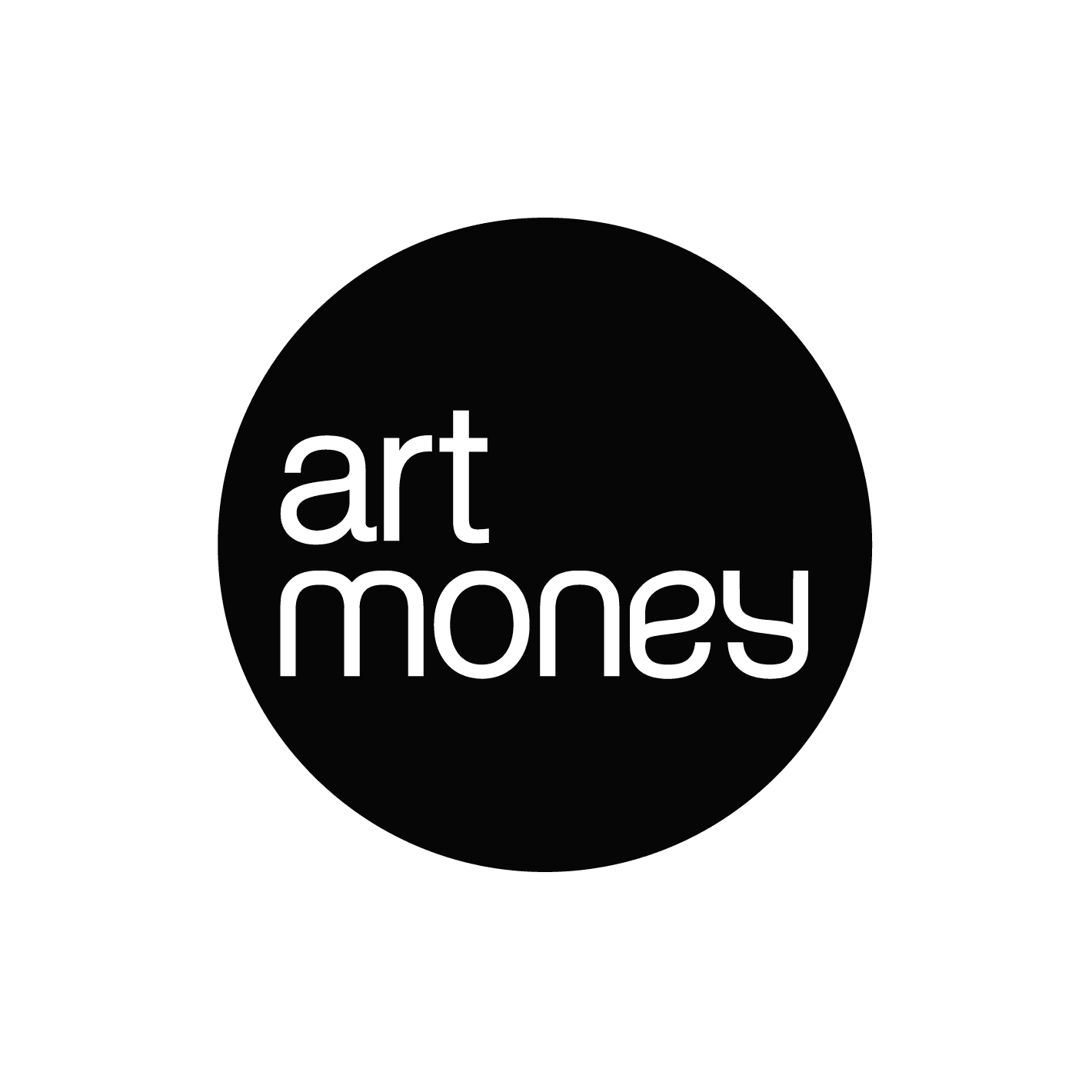
Exploring the World Through Art: An Interview with Bob Davison
A Journey from Romanticism to Abstraction
Davison describes his creative process as a journey. “You start with an idea, but as you go, something unexpected always happens. It’s like going for a walk—what you find along the way can be more interesting than what you set out to see.”
A Process Rooted in Experimentation
They’re very transparent but have strong staining power
, and I like working on paper for its absorbency and flexibility,” he explains. “You can crop it down or collage it, though I don’t often do that, except during temporary stages.”Davison favours high-quality mould made papers such as Fabriano Rosaspina or Arches Lavis Fidelis, which provide a robust yet nuanced surface. His works range from small-scale pieces (10 by 8 inches) to large compositions up to two metres wide. While they often begin with dilute washes reminiscent of watercolour, they build up into thick, layered paint.
His process covers every trick in the book, often including experimental and improvised techniques. A huge range of brushes and tools may be used to apply the paints. Paints are applied in washes, glazes and impasto. Various mediums and pigments are employed.Paint may be brushed, sprayed or erased. Surfaces may be built up slowly and meticulously - or taken out of the studio to be hosed down outside. These methods produce complex surfaces that invite prolonged observation. “The longer you look, the more you see,” he notes.
A Career of Milestones
Davison’s career spans decades and reflects a dedication to both practice and pedagogy. After completing his studies, he was awarded a Fellowship at Cheltenham School of Art, a role that allowed him to refine his artistic voice while mentoring emerging talents. This residency marked the beginning of his exploration into the dual roles of creator and educator.
In 1981, Davison moved to London, where he balanced part-time teaching with work at prestigious galleries such as Waddington’s and Alan Cristea. His roles included curating, hanging exhibitions, and working closely with collectors, which exposed him to a wide array of artistic styles and practices. “I probably saw more art than anyone else during that time,” he recalls. “Handling works by renowned artists, even in their unfinished states, taught me so much about process and experimentation.”
This period was instrumental in solidifying Davison’s reputation within the art world. His deep understanding of painting and his meticulous eye earned him roles as an advisor to private collectors and corporations, including Simmons & Simmons and the Bank of Switzerland.
Exhibition opportunities soon followed, with Davison’s work displayed in esteemed venues such as the Royal West of England Academy in Bristol, the National Botanic Gardens of Wales, and the Museum in the Park in Stroud. His paintings have found homes in public collections, including Gloucester Royal Hospital, and are featured in numerous corporate and private collections across the UK and beyond.
Looking Ahead
As he puts it: “It’s all about looking and seeing—truly seeing—and discovering how rich and surprising (and complicated) that experience is.
ABOUT LOOKING, Bob Davison at Aleph Contemporary in Stroud.
7 February to 22 March 2025
Open Friday & Saturday 10-4 and other times

